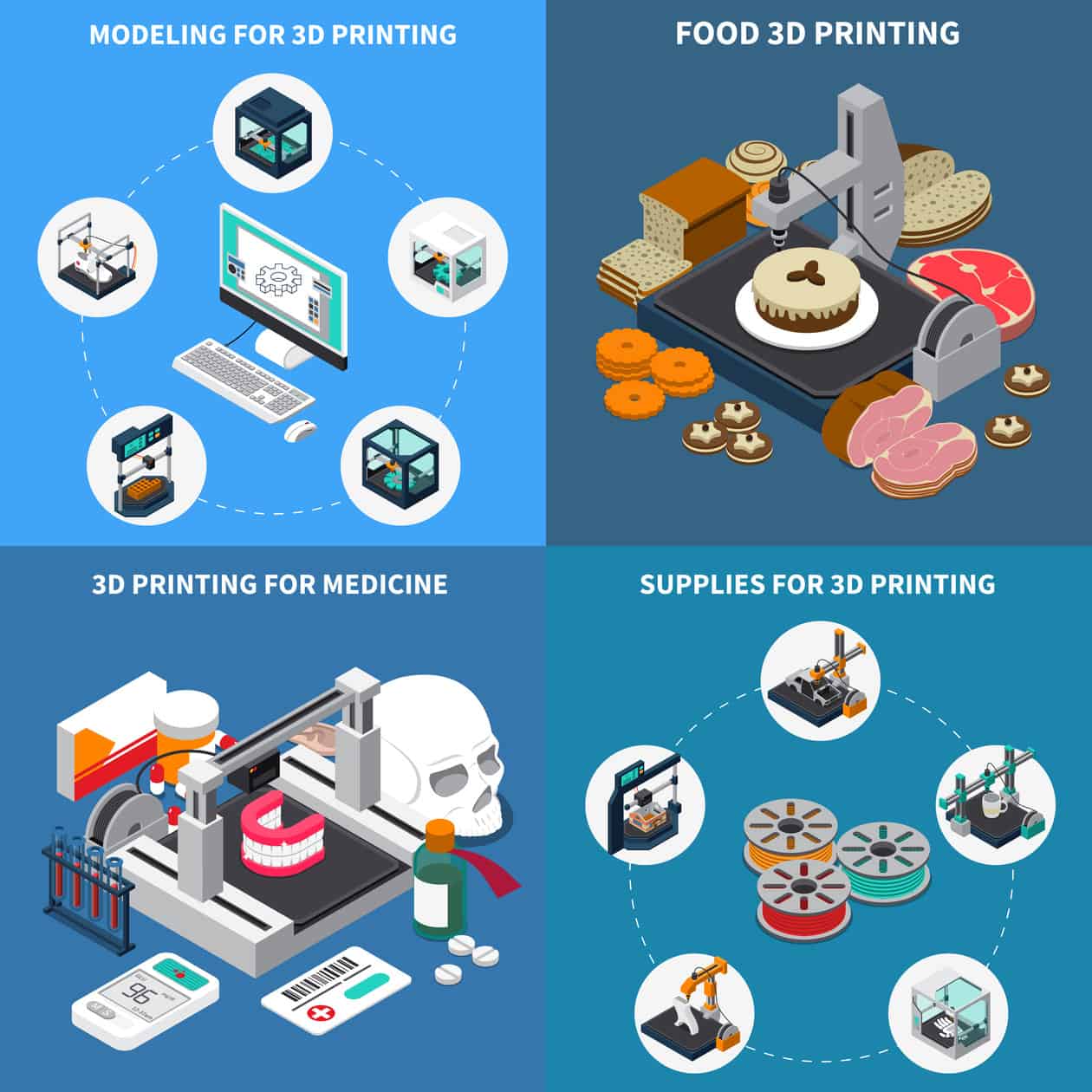- Phone: 306-970-1552
- connect@gentleprocessing.ca
- 18-301 South Industrial Dr. Prince Albert, SK S6V 7L7, Canada

In the rapidly evolving landscape of food processing, 3D printing has emerged as a game-changer, revolutionizing the way we think about customizing food products. With the advent of this groundbreaking technology, the possibilities in the culinary world have expanded exponentially. In this article, we will delve into the exciting realm of 3D printing in food processing, exploring its applications, benefits, and the future it holds.
Before we dive into the specifics of 3D printing in food processing, let's first understand the fundamentals of 3D printing itself. 3D printing, also known as additive manufacturing, is a process that creates three-dimensional objects by adding material layer by layer. It's a technology that has found applications in various industries, including aerospace, healthcare, and, as we'll explore, food processing.
3D printing in food processing involves the use of specially designed printers and food-grade materials. These printers operate by depositing layers of edible substances, such as dough, chocolate, or even meat, to build intricate food items. The process is controlled by a computer program, which precisely guides the printer's movements, resulting in the desired 3D food product.
One of the most significant advantages of 3D printing in food processing is its ability to offer unparalleled customization. Chefs and food manufacturers can create intricate designs and shapes that were previously impossible to achieve by traditional means. Whether it's personalized chocolates, unique pasta shapes, or customized cakes, 3D printing empowers culinary artists to push the boundaries of creativity.
Precision is key in the culinary world, and 3D printing excels in this regard. Every layer of material is deposited with pinpoint accuracy, ensuring that each food item is consistent in quality and appearance. This level of precision is particularly beneficial for mass production, where uniformity is essential.
Traditional food manufacturing often results in significant food waste, as excess material is trimmed away to achieve the desired shape. With 3D printing, there's minimal waste, as the printer only uses the exact amount of material needed for each item. This not only reduces environmental impact but also lowers production costs.
In the world of haute cuisine, 3D printing has opened up new avenues for culinary artistry. Chefs can craft intricate edible sculptures, delicate sugar decorations, and visually stunning desserts that leave diners in awe. The ability to combine flavors, textures, and aesthetics in novel ways has elevated the dining experience to new heights.
As health and wellness become increasingly important, 3D printing allows for personalized nutrition solutions. Individuals with specific dietary requirements or restrictions can enjoy customized meals tailored to their needs. This technology has the potential to revolutionize healthcare by creating nutrient-rich, personalized food for patients with specific medical conditions.
In the food industry, 3D printing can enhance production efficiency. Customized molds and tools can be quickly fabricated to streamline manufacturing processes. This leads to shorter production times, reduced labor costs, and improved overall productivity.
The future of 3D printing in food processing holds immense promise. As the technology continues to evolve, we can expect even greater innovation and integration into the culinary world. Here are some exciting possibilities:
3D printing can contribute to sustainable food production by using alternative ingredients and reducing waste. In the quest to feed a growing global population while minimizing environmental impact, 3D printing may play a pivotal role.
Customized 3D-printed meals could address food accessibility challenges. Whether it's providing nutritious meals to remote areas or catering to individuals with specific dietary needs, this technology has the potential to make food more accessible to all.
As 3D printing in food processing becomes more prevalent, culinary education programs may incorporate it into their curricula. Future chefs could learn how to leverage this technology to push the boundaries of gastronomy.
In conclusion, 3D printing in food processing is poised to transform the way we perceive and create food. With its unmatched customization, precision, and potential applications, it opens doors to culinary innovations we couldn't have imagined before. As this technology continues to evolve, we can anticipate a future where food is not just sustenance but also a canvas for creativity and a tool for addressing global food challenges.
Embrace the future of food processing with 3D printing, and discover the endless possibilities it brings to the table.